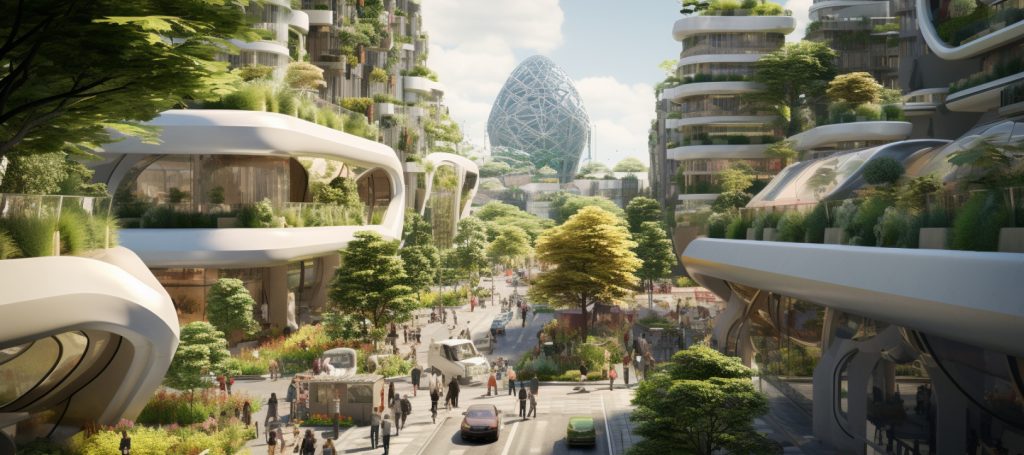The Heat Island Effect refers to the phenomenon in which urban and developed areas experience significantly higher temperatures compared to their surrounding rural or natural environments. This temperature disparity is primarily attributed to human activities and the built environment’s characteristics.
Urban areas have higher heat absorption due to materials like concrete and asphalt, which retain heat and radiate it slowly. Additionally, reduced vegetation and increased energy consumption contribute to elevated temperatures. These factors create microclimates with warmer conditions, leading to various environmental and public health concerns, such as increased energy demand, air conditioning usage, heat-related illnesses, and higher pollution levels.
Mitigation strategies for the heat island effect involve urban planning and design interventions. These include promoting green spaces, increasing vegetation cover, implementing cool roof and pavement technologies, and developing energy-efficient building practices. Addressing the heat island effect is crucial for building sustainable and resilient cities that minimize negative impacts on both the environment and human well-being.

